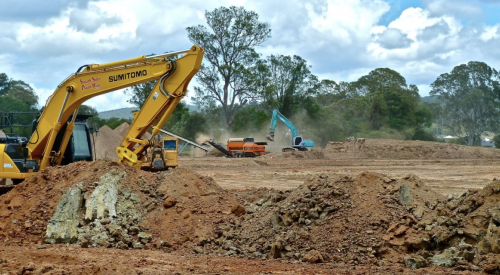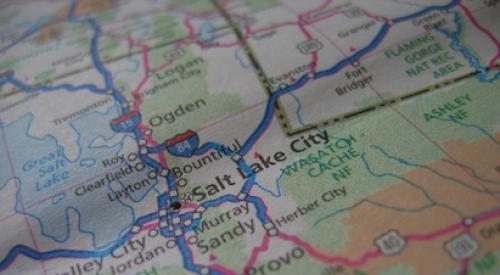|
Houston's Parkside makes affordable work without not-for-profit or government dollars by controlling density, consistency and speed. Stream-lining the plans and options offered decreases the number of trades Parkside uses, which saves time, too.
|
|||||||
|
Strong partnerships make a lot of affordable housing happen, but some builders prefer to go it alone. Mark Kaufman, a founding partner of the architecture firm Kaufman Meeks + Partners, began building affordable homes because he identified it as a low-competition niche in Houston. By 2002, the venture was so successful, Kaufman sold his share of the architecture firm to focus on his home building company, Parkside.
Kaufman's first project,in 1998, included a buyer down-payment assistance grant from HUD. But he couldn't find enough buyers who both met the 80% of median income requirement and qualified for a mortgage. Today, he sends buyers with bad credit to a local non-profit group to learn to fix their credit.
Although he'd been building here and there for 30 years, Kaufman really threw his hat into the ring with the 1998 200-home community of 1,200-square-foot homes with garages. At that time, those homes sold for $64,900. Six years later, those same plans sell for just $82,900.
Houston land prices remain more affordable than many metro areas, but they have increased in price. Two and a half years ago, Kaufman paid $13,000 an acre for Lakeville, a current community. Today's prices demand $30,000 an acre. But relatively affordable land can't be a builder's only strategy for delivering homes people can afford.
Three things make Kaufman's homes profitable: density, consistency and speed. Parkside builds at seven to eight units to the acre (compared to the area's more typical four to 41/2). Kaufman also keeps his land-development costs down by establishing one land plan and sticking to it as closely as possible. He approaches the houses the same way, using a "kit of parts."
For example, Parkside draws from only four cabinet styles, all the same size; just three or four window types; and identical showers, tubs, sinks and hardware for every home. A choice of 30 plans - each with a few elevations and color palettes, plus pocket parks with gazebos and sculpture - help keep the communities from looking cookie-cutter.
Parkside's lean approach means he builds the homes fast. His 950-to-1,600-square-foot bungalows go up in 45 to 60 days; carriages (1,360 to 2,200 square feet) in 60 to 75 days; and mansions (1,650 to 4,000 square feet) in 75 to 90 days.
His formula seems to work: Lakeville opened in April 2003, and Parkside already has delivered 150 homes, with 40 in backlog. Parkside, a K. Hovnanian company since fall of 2002, will build 500 homes this year, at an average price of $108,000.
Another builder, First Home Builders of Florida, based in Fort Myers, relies on a similar formula: build the same product the same way with the same trades over and over again. However, First Home builds six times Parkside's annual volume and will start 3,000 homes in 2004. It offers nine plans - all three-bedroom, two-bath - ranging in price from $110,000 to $160,000, and sells lots for another $10,000 to $20,000 or builds on the buyer's lot.
The company doesn't sell from any of its own communities; in fact, it doesn't have any. The 3,000-plus lots it currently holds, says chairman Patrick Logue, can be found dotted all over Lee County in other builders' subdivisions and scattered sites.
Logue's partner, Jim Sublett, comes from manufacturing and runs production at First Homes. Logue, formerly in automotive sales, oversees the sales side. The First Home twist comes in the sales process: The company's model home center is more like a full-service car showroom than a builder's model complex.
Located at a busy intersection in Fort Myers, the center features a greeting area where buyers meet a sales agent and discuss needs and location preferences. Buyers then proceed outside to a landscaped cluster of nine decorated homes. Once the buyers have picked their home (no customization allowed), they and the sales agent hop into a First Homes van to look at available lots in their area. Upon their return, First Homes' mortgage company is there to complete the sale.
"The buyers come into a showroom environment," says Logue, "and leave having bought an absolutely turnkey house."
To builders considering affordable housing, Kaufman advises: "Rethink your entire process. It has to be very simple because there's no margin for error. Focus on speed, but also design a product that people will like."












